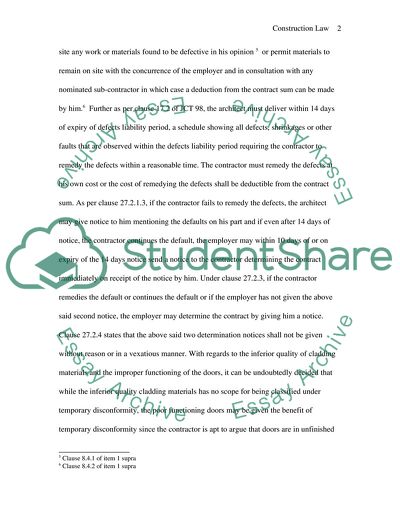Cite this document
(Construction Contract Case Study Example | Topics and Well Written Essays - 3500 words - 1, n.d.)
Construction Contract Case Study Example | Topics and Well Written Essays - 3500 words - 1. Retrieved from https://studentshare.org/law/1731727-construction-law
Construction Contract Case Study Example | Topics and Well Written Essays - 3500 words - 1. Retrieved from https://studentshare.org/law/1731727-construction-law
(Construction Contract Case Study Example | Topics and Well Written Essays - 3500 Words - 1)
Construction Contract Case Study Example | Topics and Well Written Essays - 3500 Words - 1. https://studentshare.org/law/1731727-construction-law.
Construction Contract Case Study Example | Topics and Well Written Essays - 3500 Words - 1. https://studentshare.org/law/1731727-construction-law.
“Construction Contract Case Study Example | Topics and Well Written Essays - 3500 Words - 1”, n.d. https://studentshare.org/law/1731727-construction-law.


